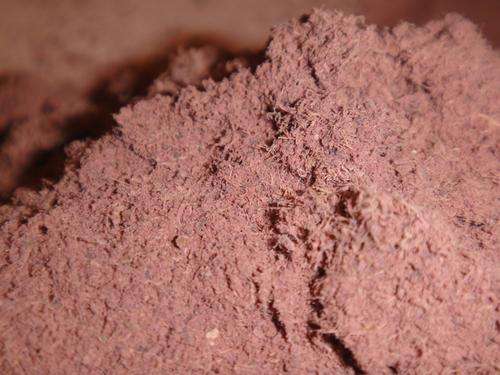Mimosa hostilis root bark is a fascinating botanical specimen known for its diverse applications and remarkable natural properties. It has been used for centuries by indigenous communities who have recognized its potential in various aspects of daily life. The rich content of tannins, alkaloids, and natural compounds makes it a valuable resource for a wide range of purposes, from traditional medicine to natural dyeing. Its deep purple and reddish hues, when extracted, have been sought after by artisans and herbal practitioners alike, appreciating its ability to yield vibrant, long-lasting colors. The natural richness of this plant continues to captivate those who seek sustainable and holistic solutions. One of the most well-known aspects of this plant is its role in natural skincare and holistic healing. The root bark is often utilized in various topical applications, benefiting from its high tannin content, which possesses astringent and skin-soothing properties.

Traditional herbalists have long recognized its ability to support wound healing, reduce skin irritations, and promote overall skin health. Many natural formulations take advantage of its properties, integrating it into salves, lotions, and washes that harness its potential for skin rejuvenation. This makes it a cherished component in herbal remedies, passed down through generations. The natural dyeing properties of this plant are another reason for its continued popularity. Textile artists and artisans have relied on its vibrant pigments to create stunning natural dyes for fabrics, leather, and even handmade papers. The deep hues extracted from the root bark produce striking purples, reds, and browns, which are highly resistant to fading over time. This has made it a sustainable and eco-friendly alternative for those who wish to avoid synthetic dyes and embrace traditional dyeing techniques. The plant’s ability to provide such enduring colors is a testament to its natural richness and versatility.
Beyond its external uses, mimosa hostilis root bark for sale has also played an important role in traditional wellness practices. It has been incorporated into herbal preparations designed to promote overall well-being. While much of its historical applications have been rooted in indigenous traditions, modern enthusiasts continue to explore its properties, seeking to understand its potential benefits. Many plant-based practitioners emphasize the importance of sustainable sourcing and ethical harvesting to ensure its continued availability for future generations. The balance between tradition and sustainability remains a key focus in its cultivation and use. Soil quality and environmental factors greatly influence the potency and richness of this botanical resource. The best-quality root bark comes from trees that have been grown in nutrient-rich soils with optimal conditions for their development. The cultural significance of this root bark cannot be overlooked, as it has been deeply intertwined with various traditions and practices across different regions.